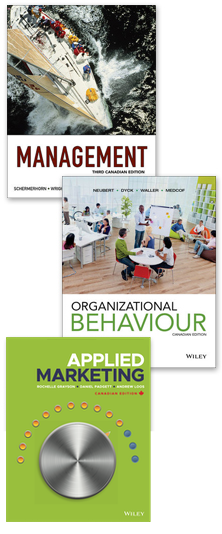Politics is dirty business. Yet in this campaign season where voters are polarized and the issues are contentious, Vicky Hartzler and Ike Skelton are running civil campaigns for a Missouri congressional seat. Mr. Skelton, a Democrat, currently holds the position and has done so since 1977. Ms. Hartzler has a number of successful political campaigns under her belt, but none at the national level. Both candidates are equally motivated and believe they can win in November.
QUESTIONS:
1. You might wonder “why would anyone want to get into politics?” Well why would they? Using Hierarchy of Needs, explain why Rep. Skelton and Ms. Hartzler might be motivated to run for political office.
2. Since the early 1990s, we have seen candidates emerge and present themselves as anti-establishment. This sometimes comes with a promise that they will not be career politicians. Invariably, they get elected and continue to run cycle after cycle. Use Acquired Needs Theory to explain this.
3. Carefully examine the three components of Expectancy Theory. Develop a guess as to the motivation levels for challenger Hartzler and incumbent Skelton. Be sure to consider comments by Professor Sharlene Bax and voters Jim Parker and Keith Pritchard.
SOURCE: K. Helliker, “GOP Challenger Poses Threat to Longtime Incumbent,” Wall Street Journal (Retrievable online at http://online.wsj.com/article/SB10001424052702304354104575568551624792216.html)

